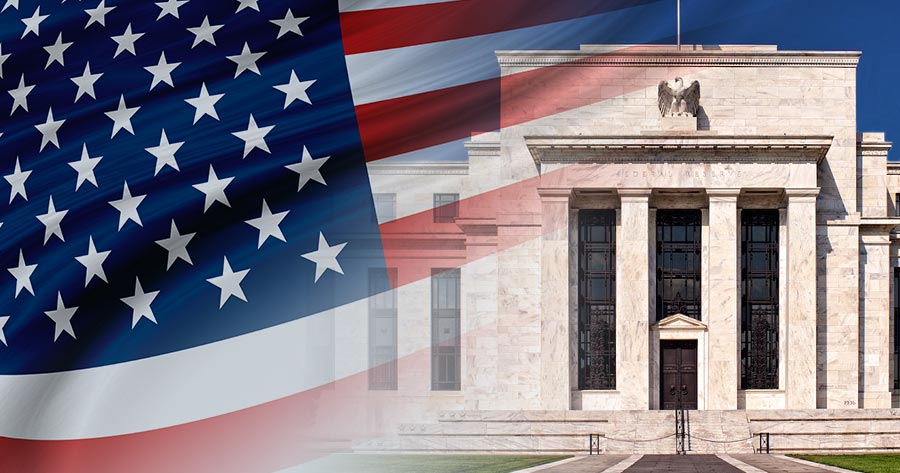Investors, analysts and economists are divided on the upcoming Bank of Thailand’s meeting next week over whether the central bank will continue to maintain the interest rates or cut them by a quarter basis point.
The Bank of Thailand started raising rates in 2022 during the Covid crisis that saw inflation surged to nearly 8%. Last time the kingdom saw inflation this high was during the 2008 financial crisis.
After a peak in August 2022, inflation in Thailand trended downward, while the Bank of Thailand gradually raised its key policy rates to 2.50% in September 2023 and stayed there.
However, high borrowing costs started to impact businesses, especially SMEs and consumers.
Thailand’s Prime Minister Srettha Thavisin took an indirect shot at the central bank, saying that the Thai economy is at a crisis level and urging policymakers to cut rates as fast as they can.
Despite months of criticism from the government’s leader publicly, the head of the Thai central bank would not budge. In February, Sethaput Suthiwartnarueput, the Governor of the Bank of Thailand, reminded the prime minister that the kingdom is not in a crisis situation, while seeing the current benchmark is at a neutral level and may not see a change in policy rates anytime soon.
It was projected at the beginning of the year that the Bank of Thailand would not cut its benchmark this year, but that forecast has been changing in February and March as some economists and analysts were expecting to see a cut or two in 2024.
Barclays, Standard Chartered and DBS Group expect two cuts in the second quarter and maintain at that level throughout the year. Goldman Sachs expects one cut in the second and another one in the third quarter. Meanwhile, Nomura Securities is so dovish that it expects a full percentage cut by the end of this year.
However, Bloomberg and LSEG consensus forecast that the benchmark will remain at 2.50% in the second quarter with one cut coming in the third and another cut in the fourth.
A note from Standard Chartered stated that there is a likelihood of a 25bps cut to 2.25% at the meeting on April 10, but also a risk of maintaining the current rate. Economic indicators, such as slowing export growth and negative inflation, support the case for a cut. However, concerns about deleveraging and structural issues could lead to the central bank maintaining interest rates.
Leasing stocks such as MTC, TIDLOR and SAWAD are among those that will benefit from rate cuts. Meanwhile, power generators like GULF, GPSC and BGRIM, Property sector and other companies with high interest expenses will benefit from the rate cut as well.
On the other hand, large commercial banks such as SCB and BBL could benefit from high NIM if the central bank maintains interest rates.
Markets are speculating for a possibility of a rate cut since two committee members voted to cut the policy rate by 0.25 percentage point at the previous meeting in February. However, the Thai central bank could opt to maintain the rate if the committee sees fit.





